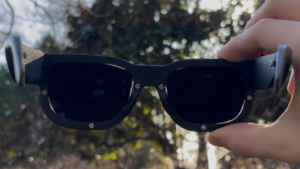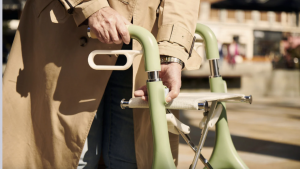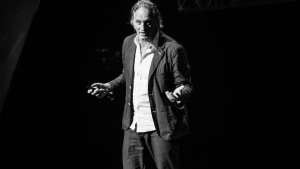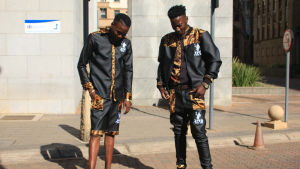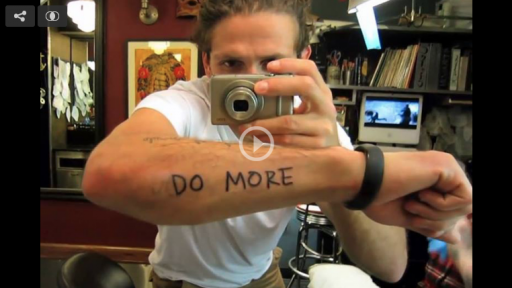Watch the Trailer
-
Watch a short trailer to get a taste of this conference talk.
Alexandra Daisy Ginsberg is an artist, writer and designer living in the United Kingdom. At Design Indaba Conference 2013, she gives insight into various projects that look at how design can be used to shape a better future.
From the get-go Ginsberg questions the notion that “design makes things better”. Using examples including an energy-saving light bulb, a plastic grocery bag and a plastic water bottle, she highlights how design and technology can solve an existing problem, but at the same time creates a new and often bigger problem for the future. Plastic has been used as it is cheap and durable but ultimately it creates a massive problem of waste, as it is not disposable – and yet we use it every day.
We assume that design makes things better, but what do we mean by better and better for whom? Whose version of better ultimately shapes our common future? asks Ginsberg.
Ginsberg believes that designers need to do more than solve existing problems and need to ask more relevant questions. “If this is done, design can help us understand what we mean by better,” she says.
Design is about possibility, life as it could be, and should project into our future and make new possibilities, says Ginsberg.
Ginsberg proposes her Synthetic Biology concept as a design principle for the future. Through traditional genetic engineering, the concept wants to place a gene into a number of different organisms ensuring the same result is always achieved. Its aim is to make biological engineering more like computer science; however this faces challenges as no two organisms are identical. “Biology is becoming a 21st century material for design”, she says, and “as there is no fixed role for design in this field it’s always very exciting and interesting.”
Her Growth Assembly project looks at solving unsustainable consumption patterns through investigating the possibility of growing products inside plants. “If this is possible, it will completely change our expectation of manufactured things,” she adds.
Ginsberg’s Tree of Life was designed to make sense of the complexity of the living world. The tree sees a new branch referred to as “Synthetica” that classifies her newly designed and genetically modified organisms. “It’s a useful tool for engaging discussion about design and new organisms. Through giving it its own kingdom, we are able further separate nature from the things we make,” she says. By acknowledging this separation, Ginsberg believes we could design a better future.
E. Chromi saw collaboration between designers and scientists working in the field of Synthetic Biology to engineer bacteria. The first phase of the project looks at improving life through detecting the amount of pollution in water. The genetically modified bacteria produce different colour pigments that show people whether water is safe or not. The on-going projects hopes to see a future where a yoghurt can be used as a personal disease monitoring tool and sky monitoring tool that allows people to see the amount of CO2 in the atmosphere.
Ginsberg further speaks about projects including Synthesis Exchange Laboratory, Synthetic Aesthetics and The Inside Out, all of which see design and science having a meaningful collaboration that could be referenced for design and technology in the future.


